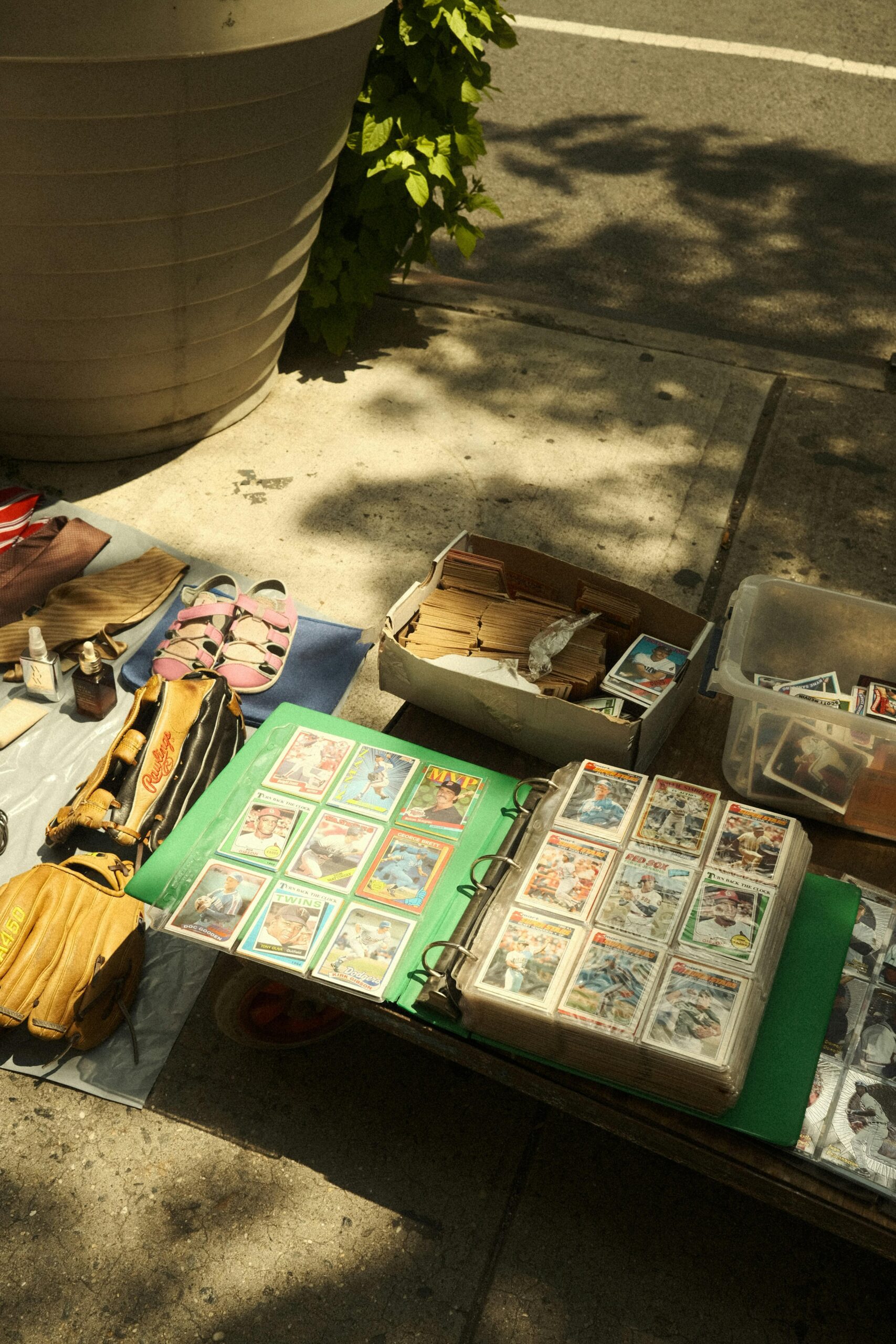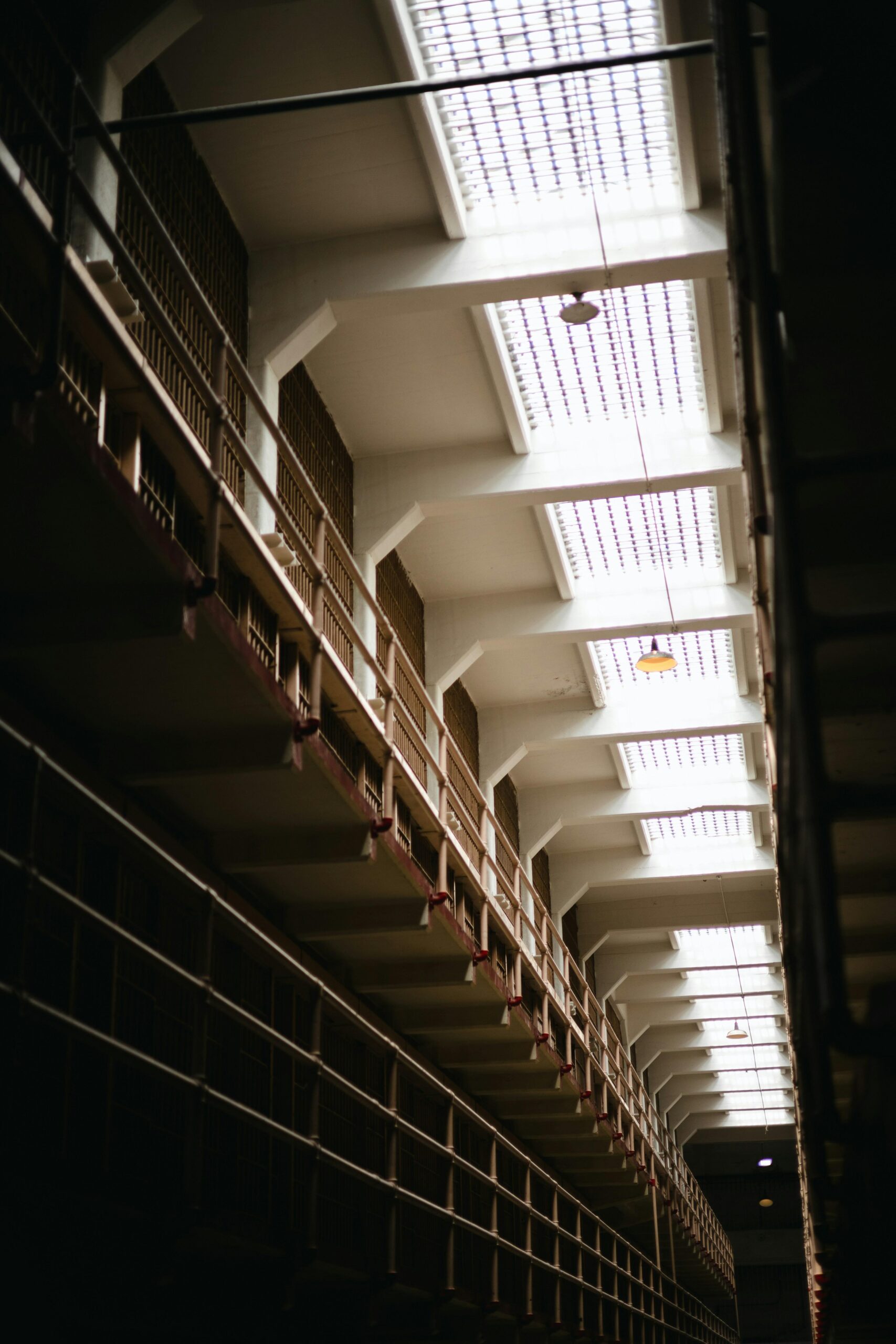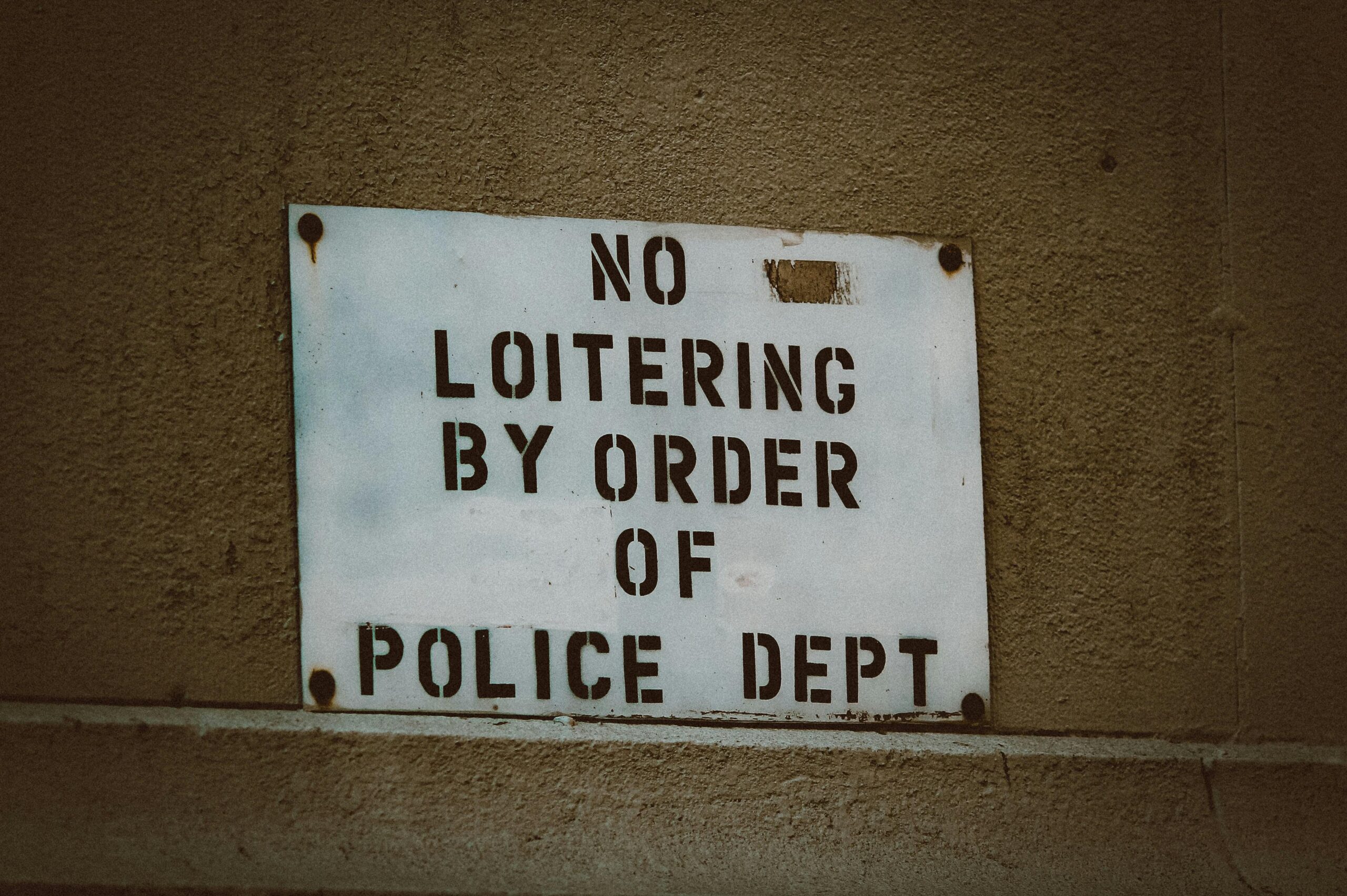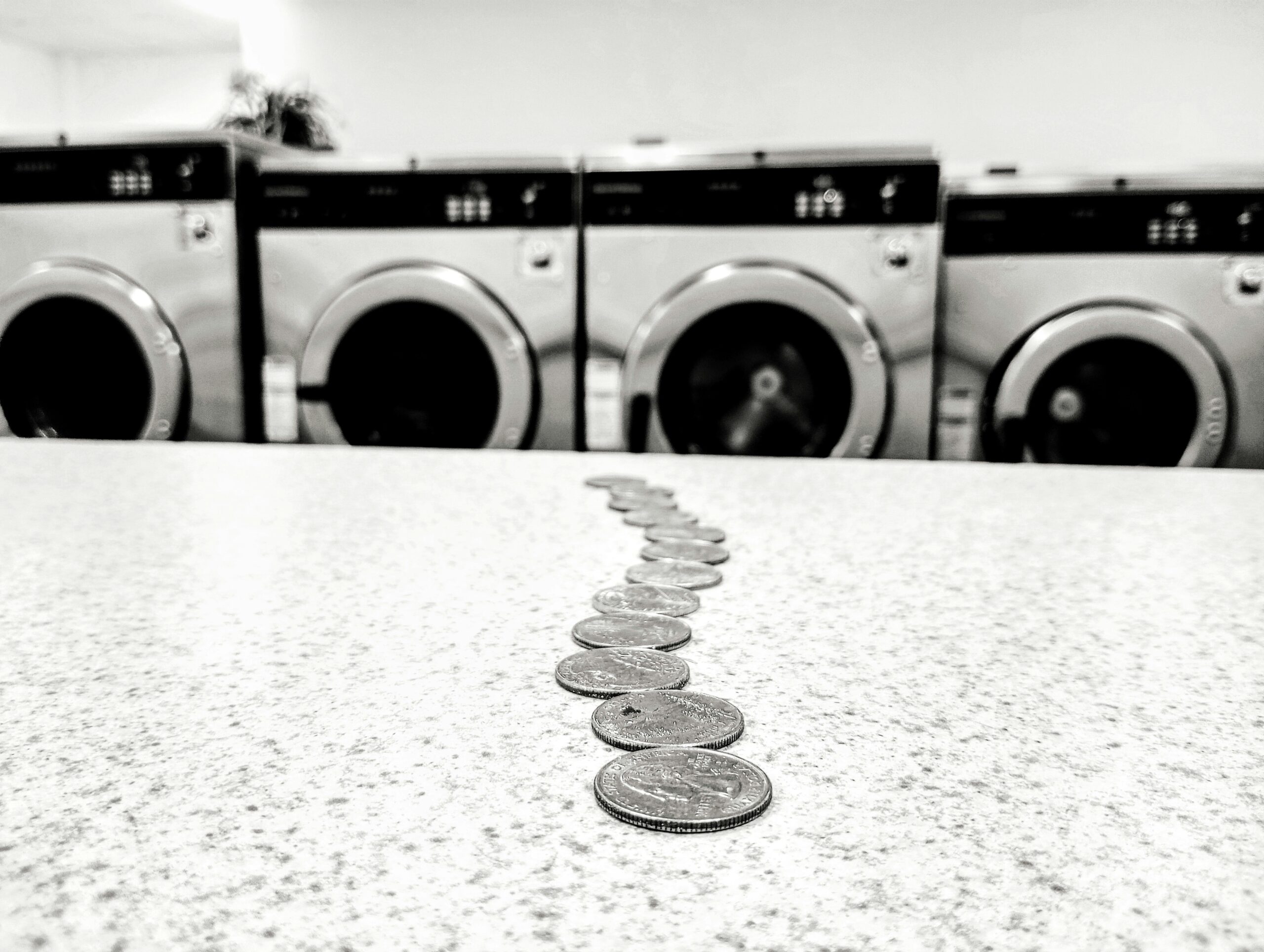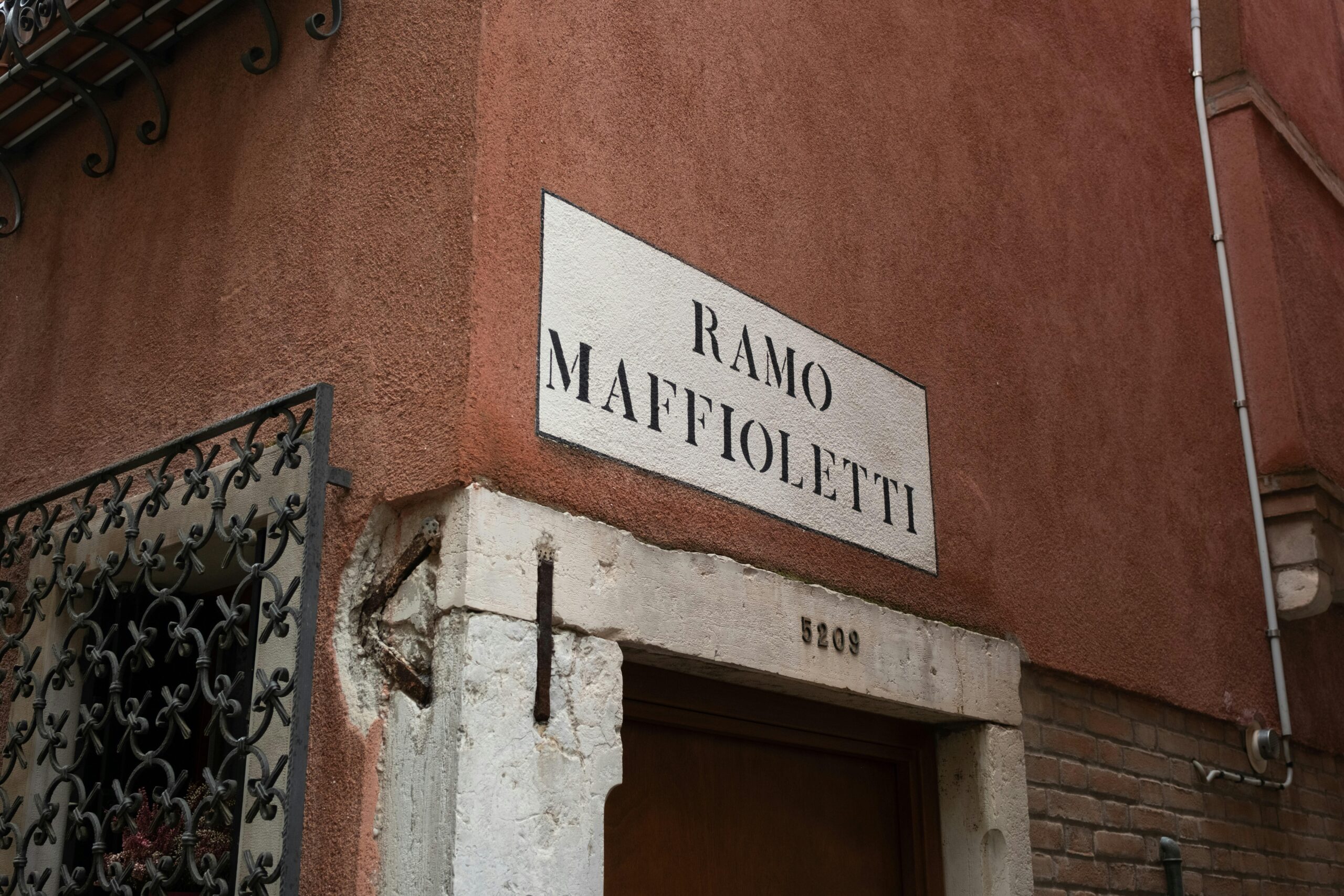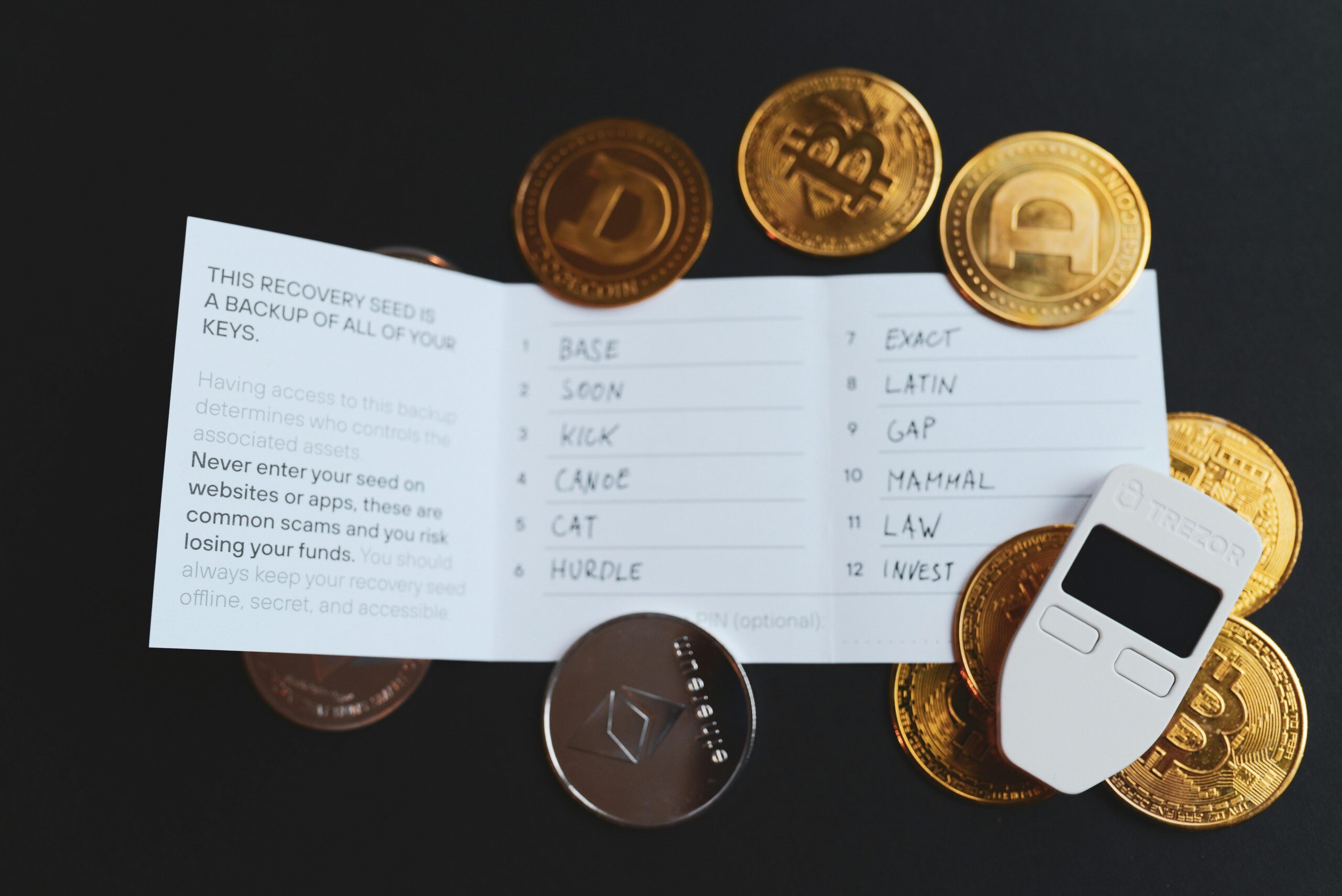Ever wonder how those flashy designer bags or the latest blockbuster movies end up in the hands of hundreds — if not thousands — of people around the world, often at suspiciously low prices? Behind the scenes, a shadowy network thrives on counterfeit goods and piracy, weaving an intricate web that stretches across borders and industries. In this blog, we’re diving deep into the secretive world of organized crime’s tight grip on fake products and stolen content. From the street corners to the high-tech hubs, let’s uncover how these underground empires operate, and why their influence might be closer to home than you think.
Table of Contents
- The Hidden Networks Behind Counterfeit Empires
- How Piracy Fuels Global Organized Crime Syndicates
- The Real Cost of Fake Goods on Innocent Lives
- Strategies to Break the Chain and Protect Authenticity
- Closing Remarks
The Hidden Networks Behind Counterfeit Empires
Beneath the dazzling surface of global markets lies a labyrinth of shadowy networks weaving the fabric of counterfeit empires. These clandestine operations span multiple continents, often exploiting weak regulatory frameworks and porous borders. What makes these networks particularly insidious is their ability to imitate legitimate supply chains, blurring lines between authentic and fake. Sophisticated logistics and discreet distribution systems ensure that counterfeit goods infiltrate everyday consumer markets, ranging from luxury handbags to pharmaceuticals, without raising alarm. It’s a complex dance of deception where trust is the ultimate currency, and the stakes are higher than ever.
Delving deeper into these illicit mechanisms reveals a startling array of key players and tactics:
- Organized Crime Syndicates: These groups don’t just manufacture fake products; they control entire territories, enforce loyalty, and orchestrate large-scale operations with military precision.
- Corrupt Officials: Bribery and political collusion often smooth the way for counterfeiters, easing customs inspections or turning a blind eye to suspicious shipments.
- Cyber Facilitators: Online marketplaces and encrypted communication channels amplify reach and coordination, making detection a digital challenge.
Understanding the synergy between these elements uncovers why the counterfeit trade remains resilient, continually adapting to evade law enforcement and consumer scrutiny alike.
How Piracy Fuels Global Organized Crime Syndicates
Pirate operations extend far beyond simple theft, acting as a potent financial engine for some of the world’s most dangerous criminal organizations. These syndicates leverage the high demand for counterfeit goods and pirated media to generate staggering revenues with minimal risk. This illicit trade fuels a complex ecosystem where money circulates through multiple layers of secrecy and corruption. The profits are then reinvested into other illegal ventures, perpetuating cycles of violence, bribery, and human exploitation. Unlike isolated acts of piracy, these syndicates operate with military-like precision, using advanced logistics networks and digital platforms to maximize reach and evade law enforcement.
Key elements that sustain their grip include:
- Sophisticated distribution networks: Utilizing both physical and online channels to flood markets globally.
- Corrupt alliances: Infiltrating local institutions and customs to facilitate smooth transit of illicit goods.
- Technological know-how: Exploiting encryption and dark web marketplaces to avoid detection.
- Forced labor and exploitation: Often linked to human trafficking, this underpins the supply chain of counterfeit production.
Understanding this interconnected web reveals why piracy is far more than just a nuisance—it’s a cornerstone of a shadow economy that destabilizes societies worldwide.
The Real Cost of Fake Goods on Innocent Lives
When we think about counterfeit goods, it’s easy to overlook the human toll behind the glossy knockoffs flooding the market. These illegal products are more than just cheap imitations — they are a lifeline for organized crime networks that exploit vulnerable workers in hazardous conditions. From underpaid factory laborers forced to work in unsafe environments to communities torn apart by illicit activities financed through fake merchandise sales, the real price extends far beyond lost profits. Behind every fake handbag or pirated DVD lies a story of exploitation, danger, and shattered dreams.
Moreover, the circulation of counterfeit items erodes consumer trust and damages legitimate businesses, but its impact is deeply personal for many families. Children are often kept out of school to contribute to underground labor, healthcare costs soar due to injuries sustained in unregulated settings, and entire regions suffer from the destabilizing influence of criminal gangs. Some key consequences include:
- Endangerment of workers’ health and safety in clandestine manufacturing setups.
- Economic deprivation for honest entrepreneurs who can’t compete with the low prices of fakes.
- Funding of illicit activities that perpetuate violence and corruption within communities.
Strategies to Break the Chain and Protect Authenticity
Confronting the sprawling networks that facilitate counterfeit goods demands a multifaceted approach — one that blends cutting-edge technology with grassroots vigilance. Employing blockchain traceability systems is an emerging game-changer, enabling brands to authenticate each product’s journey transparently from factory floor to consumer hand. Simultaneously, fostering partnerships across industries and government bodies enhances intelligence sharing, turning isolated cracks in the distribution chain into coordinated barricades against criminal syndicates.
Communities, too, are vital soldiers in the fight to preserve genuine craftsmanship and innovation. Educating consumers about the subtle but telling differences between real and fake products cultivates a culture of informed purchasing — where the demand for authenticity overshadows the lure of cheap imitations. Consider these proactive steps trusted by experts and advocates alike:
- Engage in social media campaigns that spotlight the human cost and legal risks behind counterfeit goods.
- Encourage real-time reporting via apps that alert authorities to suspicious sales or sellers.
- Support local artisans and original brands through direct buying programs that bypass dubious middlemen.
Closing Remarks
As we peel back the layers of this shadowy world, it becomes clear that the battle against counterfeit goods and piracy is far more than just a fight over fakes and forgeries. It’s a complex web of organized crime, economic power plays, and global influence that reaches into our daily lives in ways we might never fully realize. Next time you come across that suspiciously cheap gadget or designer knockoff, remember: there’s a larger story lurking beneath the surface—one that’s as intriguing as it is unsettling. Staying curious and informed is our best weapon in unraveling the true impact of this hidden underworld.


